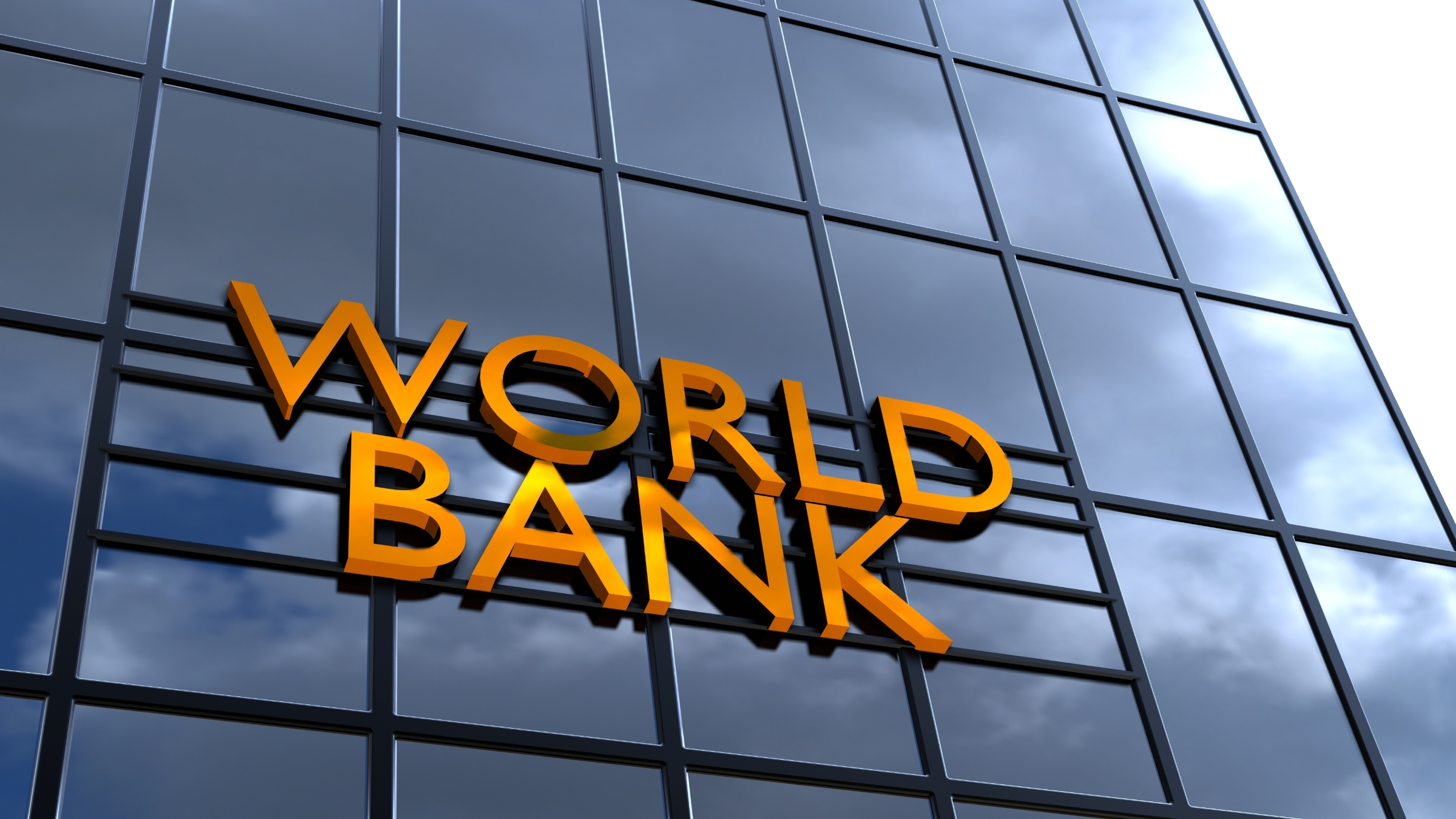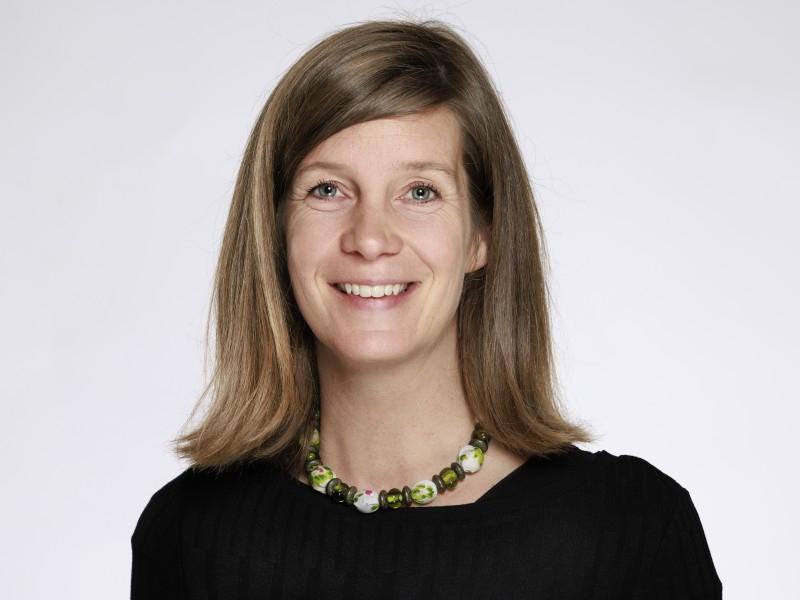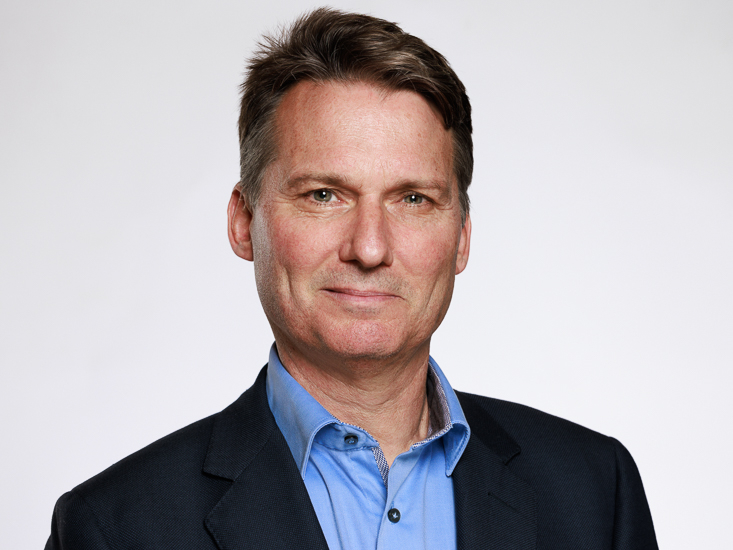Share post now
Article
World Bank reform: Back to the future?
29.06.2025, Financing for development, Climate justice
At the UN conference in Seville, the future direction of international financial institutions is also at the centre of discussions. However, the development of the World Bank remains far from the urgently needed revolution.

The idea of attracting private capital on a large scale to finance roads, hospitals and other urgently needed infrastructure projects in the poorest countries also proved to be an illusion at the World Bank. © Shutterstock
In 2015, the World Bank launched a new strategy and vision – the “Forward Look: A Vision for the World Bank Group in 2030”. This was the birth of the Maximize Finance for Development approach, which aimed to massively increase private finance for development through sectoral and policy reforms, as well as the use of guarantees and various de-risking instruments. As a result, the slogan “from billions to trillions” became a much-repeated mantra in the broader development community. Fast forward to 2023 – the World Bank initiated a strategy process termed the “Evolution Roadmap”, which is supposed to make it better equipped to address modern development challenges and to renew its credibility. While the Evolution Roadmap changes the World Bank’s mandate and mission to include major global challenges, most notably climate change, operationally and financially, it is more a deepening and a continuation of the Maximize Finance for Development Approach (despite the fact that the “billions to trillions” slogan has in the meantime been debunked as a myth even by notable World Bank economists).
The (silly) dream goes on
Indeed, ten years after the launch of the slogan “from billions to trillions” – “well-meaning but silly” according to the CEO of the Private Infrastructure Development Group (PIDG), Philippe Valuhu, recently quoted by the FT, progress in finding private finance to fill the ever-growing funding gap (4,000 billion a year for the SDGs not counting climate financing needs) – has been very disappointing. The basic idea to use public funding to attract large amounts of private money, particularly from institutional investors did not materialize. The (over-) simplistic hope was that pension funds and insurance companies in rich countries would line up to finance roads, hospitals and other basic infrastructure sorely needed in developing countries.
Originally, when the slogan “from billions to trillions” was launched, the assumption was that every public dollar could leverage two or more private-sector dollars. Such a “leverage ratio” is only achieved in rare cases. A recent ODI study shows that “blended concessional finance” – i. e. public capital (mainly provided by MDBs) at below-market rates – attracted, in 2021, for every dollar, some 59 cents of private co-financing in Sub-Saharan Africa – the region where needs are greatest – and 70 cents elsewhere. Multilateral development banks (MDBs) and development finance institutions (DFIs) have been and remain at the forefront of these “mobilization” efforts. By 2023, they together succeeded in mobilizing some 88 billion USD of private financing for middle-income and low-income countries (MICs and LICs), out of which 51 billion were mobilized by the World Bank Group (including its private sector arms IFC and MIGA), representing around 60% of the total amount of private financing mobilized. However, only 20 billion USD were mobilized for sub-Saharan Africa and only half of this reached the poorest countries (LICs). By way of comparison, the region received USD 62 billion in aid in the same year. Furthermore, more than 50% of these private funds went to just two sectors: banking and business services, and energy. By comparison, education and health and population together received less than 1%.
While the evidence is obviously disappointing, the amount of financing that MDBs should be able to “crowd-in” for development projects has become an idée fixe for donors and other stakeholders. So, the dream goes on, and the level of ambition has been raised considerably under the Evolution Roadmap. Although the WB's current president, Ajay Banga, has admitted that the “billions to trillions” formula is unrealistic, and its chief economist, Indermit Gill, has called it a “fantasy”, the Bank is experimenting with new and increasingly sophisticated models, including the bundling of loans into financial products that are then sold to private investors – a practice known as securitization, with the aim of freeing up capital to issue more loans.
New instruments are constantly being developed and praised for their potential to attract private capital: the idea is to extend the use of risk-sharing instruments such as guarantees, new investment vehicles and insurance solutions to mobilize private capital. The World Bank's most recent products are “outcome bonds”, aiming at mobilizing funding from private investors for projects in developing economies, by transferring performance risks to investors who are then rewarded if the underlying activities are successful.
Is climate finance being privatized?
Under the Evolution Roadmap, the World Bank has changed its vision to add “on a liveable planet” to its existing twin goals of eradicating extreme poverty and boosting shared prosperity. In line with this addition, it has positioned itself as a key player in achieving the new climate finance target agreed to at the COP29 in Baku. According to a statement released before the conference, the “World Bank Group is by far the largest provider of climate finance to developing countries”. In 2024, it reportedly delivered 42.6 billion in climate finance (amounting to 44% of its total lending). While there are also significant problems with regards to accounting and transparency of WB climate finance, this article focuses primarily on climate finance as part the broader privatisation agenda pursued by the WB.
As the World increasingly looks to multilateral development banks as providers of climate finance, the focus shifts away from much-needed public finance solutions. A recent analysis by the Bretton Woods Project highlights how the World Banks climate finance is deeply embedded in its broader privatisation agenda. This is also particularly visible in its development policy financing (DPF), which in 2023 accounted for 22% of IDA and IBRDs (the WB organisations in charge of providing loans and grants to poor and middle-income countries) climate finance. DPF is a form of non-earmarked, fungible budget support that is linked to concrete policy reforms (prior actions). Most of the prior actions required were linked to market-based reforms, including de-risking measures for private investment or the removal of consumer subsidies on fossil fuels (which are found to have a particularly punitive impact on the poorest segments of populations).
Furthermore, the majority of MDB climate finance comes in the form of loans, rather than grants, thus increasing the debt burden of already highly indebted countries. In fact, in 2023, loans accounted for 89.9% of IBRD and IDA climate finance (the two WB organisations that account for the largest share of WB climate finance). The fact that these loans – which by definition have to be paid back with interest – are also attributable to the climate finance of WB member states also stands in sharp contradiction to the “polluter pays” principle.
Evolution reversed
The WB Evolution Roadmap is hence far from a revolution in terms of its private sector agenda but could be classified as “more of the same, including climate”. However, the expansion of climate finance is now being severely challenged by the new US administration. While recently reaffirming its commitment to the WB (and IMF), Treasury Secretary Scott Bessent called for a return to its core mandates and reforms of “expansive” programs. The Bank should support “job-rich, private-sector-led economic growth”, and move away from its social or climate programs. Mr. Bessent stressed that the Bank should be “technology neutral” and prioritize the affordability of energy investments. In most cases, this means “investing in the production of gas and other fossil fuels”. In order not to offend the new US administration, the Bank has become rather silent on its climate agenda and following a request by the US has recently decided to end its moratorium on nuclear energy and a vote on reintroducing financing for the exploration and extraction of gas should follow in the near future. Whether the US administration will be able to force the WB to reverse the expansion of its vision and mandate and to move away from its “Paris alignment” commitment or whether the European chairs will be in any position to oppose such disastrous decisions, as well as what role Switzerland will play, remains to be seen.
Revolution postponed
As the World’s development community gathers in Sevilla to discuss the future of development finance, some of the sticking points may become clearer. Once more the “Sevilla compromise” highlights the enormous financing gap of 4 trillion USD needed to reach the Sustainable Development Goals by 2030. While it acknowledges that “private investment in sustainable development has not reached expectations, nor has it adequately prioritized sustainable development impact”, the document goes on to outline a broad set of measures aimed at “increasing the mobilization of private finance from public sources by strengthening the use of risk-sharing and blended finance instruments”, with MDBs playing a key role in this agenda. While the frantic search for new instruments and ways to make development and climate projects “bankable” and thus more appealing for private investors continues, the debt crisis takes on speed and the role of the public sector as a provider of much-needed development and climate finance is further weakened.
According to the World Bank chief economist Indermit “since 2022, foreign private creditors have extracted nearly $141 billion more in debt-service payments from public-sector borrowers in developing economies than they have disbursed in new financing.” Today, several African countries spent more than half of their resources on debt repayment and Indermit event admits that some countries simply use World Bank loans (which have a longer maturity rate) to pay back their private creditors, thereby diverting scarce resources “away from areas critical for long-term growth and development, such as health and education”.
While private capital certainly can and should play a role in sustainable development and climate finance, it is time to abandon simplistic solutions and to address the root causes of current multiple crisis. This would include a much-needed reform of the WBs governance structure to give countries in the Global South more decision-making power, as well as broad-based debt restructuring and cancellations, as well as investments in domestic resource mobilisation and a fairer global tax system with the aim to combat rising inequalities world-wide. It does not look like Sevilla will be the place, where the much-needed revolution starts, but the fight goes on.

